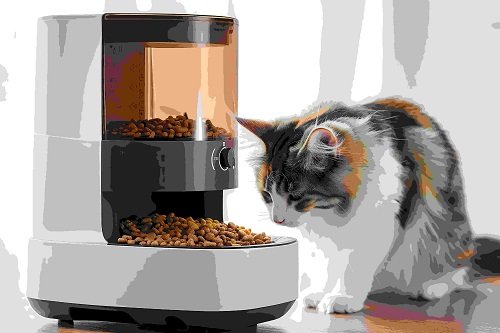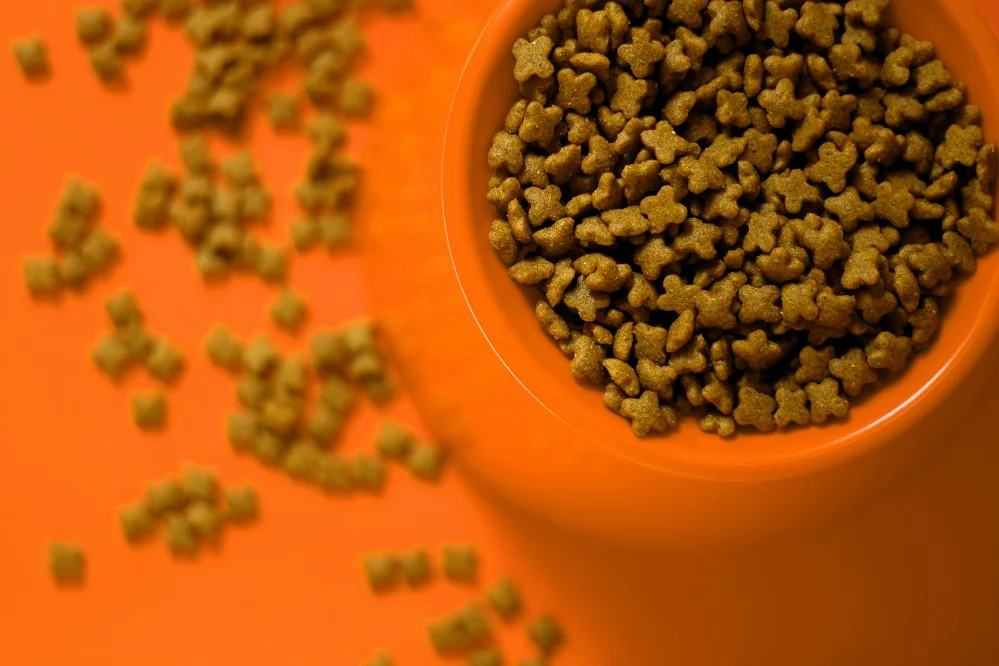Imagine coming home after a long day, only to be greeted by the wagging tail and unconditional love of your furry companion. As pet owners, we want nothing but the best for our four-legged friends. However, navigating the vast world of pet food can be overwhelming, with countless options lining the shelves. From dry kibble to wet food, natural to organic, how do we ensure that we’re providing our pets with the nutrition they need to thrive?
Choosing the right pet food is a important decision that can significantly impact your pet’s overall health and well-being. By understanding the factors that influence their dietary needs, the importance of quality ingredients, and the various types of pet food available, you can make an informed choice that caters to your furry friend’s unique requirements.
Factors to Consider When Selecting Pet Food
Not all pets have the same nutritional needs. Several factors play a role in determining the right pet food for your furry companion:
Age and Life Stage of the Pet
Just like humans, a pet’s nutritional requirements change as they grow from kittenhood or puppyhood to adulthood and eventually senior years. Puppy and kitten formulas are designed to support rapid growth and development, while senior pet foods cater to the specific needs of older animals.
Breed and Size
Different breeds and sizes of pets have varying metabolic rates and energy requirements. For instance, larger breeds may require foods with higher protein and calorie content to sustain their bigger frames, while smaller breeds may benefit from smaller kibble sizes or wet food formulas.
Activity Level and Health Status
Active pets or those with certain health conditions, such as diabetes or kidney disease, may require specialized diets to meet their unique nutritional needs. Consulting with a veterinarian is important in these cases.
Allergies or Sensitivities
Some pets may have sensitivities or allergies to certain ingredients, such as grains, dairy, or specific proteins. Choosing a pet food that avoids these problematic ingredients can help alleviate allergic reactions and promote better overall health.
Preferences and Dietary Restrictions
Every pet has its own preferences when it comes to taste and texture. Some may love the crunch of dry kibble, while others may prefer the soft texture of wet food. Additionally, some pet owners may choose to follow specific dietary restrictions, such as grain-free or organic diets, for their furry friends.
Key Ingredients Essential for Your Pet’s Nutrition
When evaluating pet food options, it’s important to understand the key nutrients your pet requires for optimal health:
Proteins (Animal and Plant Sources)
Proteins are essential for building and maintaining muscle mass, as well as supporting various bodily functions. High-quality animal proteins, such as chicken, beef, lamb, or fish, are typically preferred, but plant-based proteins can also provide valuable nutrients.
Fats (Essential Fatty Acids)
Fats are a important source of energy and help support healthy skin, coat, and overall bodily functions. Essential fatty acids, like omega-3 and omega-6, play a vital role in promoting a healthy immune system and reducing inflammation.
Vitamins and Minerals
Vitamins and minerals are essential for various metabolic processes, from bone development to immune function. Quality pet food should contain a balanced blend of essential vitamins and minerals to support overall health and well-being.
Water
Water is often overlooked but is important for maintaining proper hydration and supporting various bodily functions. Wet or canned food can be an excellent source of moisture for pets, especially those who may not drink enough water on their own.
Understanding Pet Food Labels
Navigating pet food labels can be a daunting task, but understanding the key components can help you make an informed decision:
Principal Display Panel
This section includes the product name, the pet for which the food is intended (e.g., dog or cat), and the net weight or volume of the package.
Information Panel
The information panel typically includes:
- Nutritional Adequacy Statement: This statement indicates whether the food meets the nutritional requirements for a specific life stage (e.g., growth, maintenance, or all life stages).
- Guaranteed Analysis: This section lists the minimum or maximum percentages of certain nutrients, such as protein, fat, fiber, and moisture.
- Feeding Guidelines: These guidelines provide recommendations for how much to feed based on your pet’s weight and life stage.
- Ingredient List: Ingredients are listed in descending order by weight, with the heaviest ingredient first.
- Manufacturer’s Contact Information: This information allows you to contact the pet food company with any questions or concerns.
Different Types of Pet Food Available in the Market
The pet food market offers a wide variety of options to cater to different needs and preferences:
Dry Kibble
Dry kibble is a popular choice for many pet owners due to its convenience, long shelf life, and cost-effectiveness. It typically contains a blend of proteins, grains, vitamins, and minerals.
Wet or Canned Food
Wet or canned food is a moisture-rich option that can be appealing to pets who prefer a softer texture or have trouble chewing dry kibble. It often contains higher protein levels and can be a good choice for picky eaters or pets with specific dietary needs.
Semi-moist Food
Semi-moist foods are chewy and soft, making them an attractive option for pets with dental issues or those who prefer a softer texture. However, they may contain more preservatives and additives than other types of pet food.
Freeze-dried or Raw Food
Freeze-dried and raw foods are becoming increasingly popular among pet owners seeking a more natural and minimally processed diet for their furry companions. These options often contain higher-quality proteins and minimal additives.
Homemade or Raw Diets
For pet owners seeking complete control over their pet’s diet, homemade or raw diets can be an option. However, these diets require careful planning and consultation with a veterinarian or pet nutritionist to ensure proper balance and nutrient levels.
How to Find the Best Pet Food Brand for Your Furry Friend
With so many pet food options available, choosing the right brand can be a daunting task. Here are some tips to help you find the best fit for your furry friend:
- Research and Compare Brands: Read ingredient lists, compare nutrient profiles, and research the reputation and manufacturing practices of different pet food brands.
- Read Reviews and Recommendations: Look for reviews and recommendations from other pet owners, veterinarians, or reputable organizations to help guide your decision.
- Consult with a Veterinarian or Pet Nutritionist: If you have concerns about your pet’s specific dietary needs or health conditions, seek guidance from a professional who can recommend the most suitable pet food options.
Is Natural Pet Food a Better Choice for Your Pet?
In recent years, there has been a growing trend towards natural and minimally processed pet food options. Here are some potential benefits of choosing natural ingredients for your furry friend:
- Fewer Artificial Additives and Preservatives: Natural pet foods often contain fewer artificial additives, colors, flavors, and preservatives, which can be beneficial for pets with sensitivities or allergies.
- Higher-Quality Protein Sources: Many natural pet foods prioritize the use of high-quality, fresh animal proteins, such as chicken, beef, or fish, over plant-based proteins or by-products.
- Whole, Recognizable Ingredients: Natural pet foods often feature whole, recognizable ingredients that are minimally processed, making it easier to understand what your pet is consuming.
If you’re considering making the switch to natural pet food, here are some top brands to consider:
- Orijen: Known for their biologically appropriate and protein-rich formulas, Orijen uses fresh, regional ingredients and avoids artificial preservatives or fillers.
- Acana: A sister brand to Orijen, Acana offers high-protein, grain-free options made with fresh, regional ingredients.
- Stella & Chewy’s: This brand offers freeze-dried and freeze-dried raw pet foods made with responsibly sourced proteins and non-GMO ingredients.

